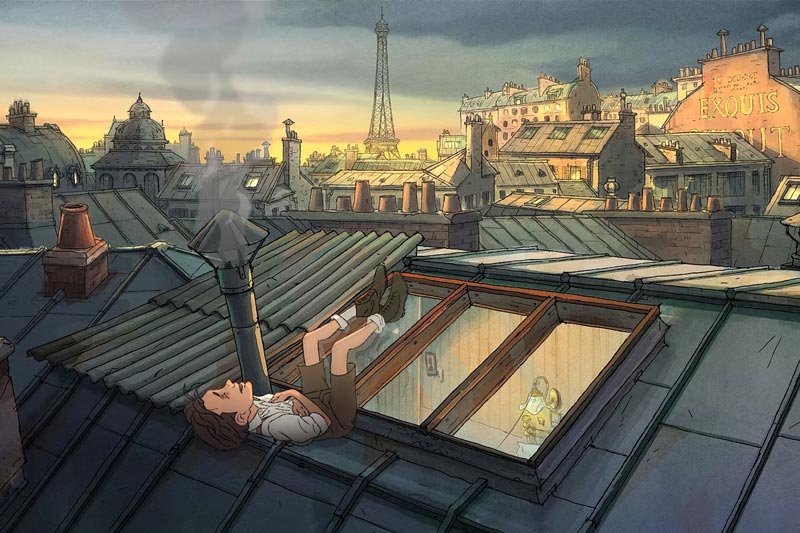
“La vie magnifique de Marcel Pagnol” at the 2025 Cannes Film Festival
19 May 2025
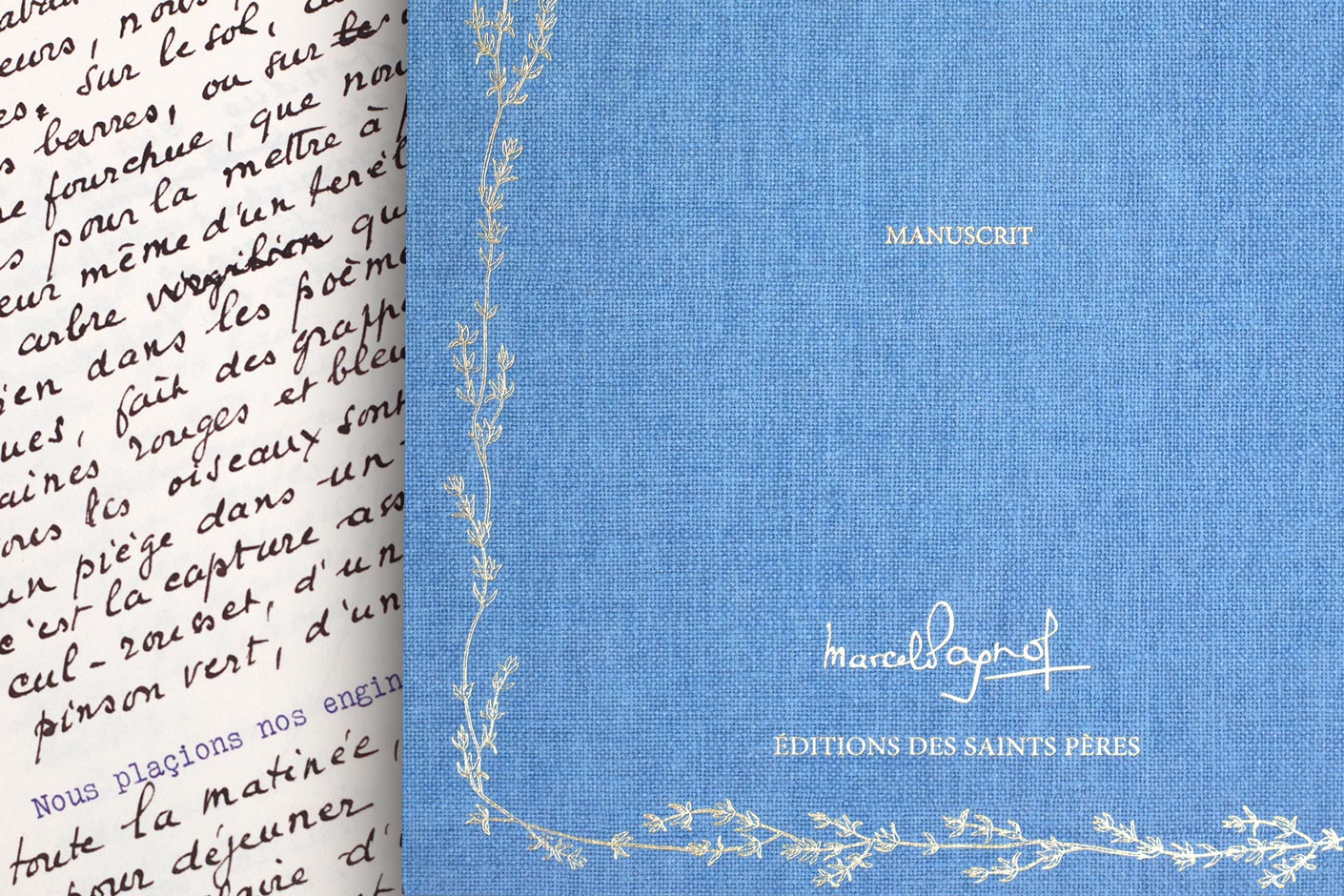
Contents
After the manuscript of La Gloire de mon père in 2017, the manuscript of Le Château de ma mère has been reconstructed and reproduced in a printed version for the first time. This edition is accompanied by a preface co-signed with Nicolas Pagnol.
Marcel Pagnol, born in Aubagne, passed away in Paris leaving extraordinary archives. His office, located on the first floor of the private mansion where he was living at the time, on Avenue Foch square, remained intact for a long time: for years, the typewriter, ink and pen boxes of the Academician were displayed at his table. In several rooms of the house, trunks full of film reels and mountains of papers from floor to ceiling were stored, like the chests of a treasure not yet fully uncovered. These colossal archives were opened by Nicolas Pagnol, the writer’s grandson, in order to make possible the identification and reconstruction of the manuscript of the second part of Childhood Memories: My Mother’s Castle.
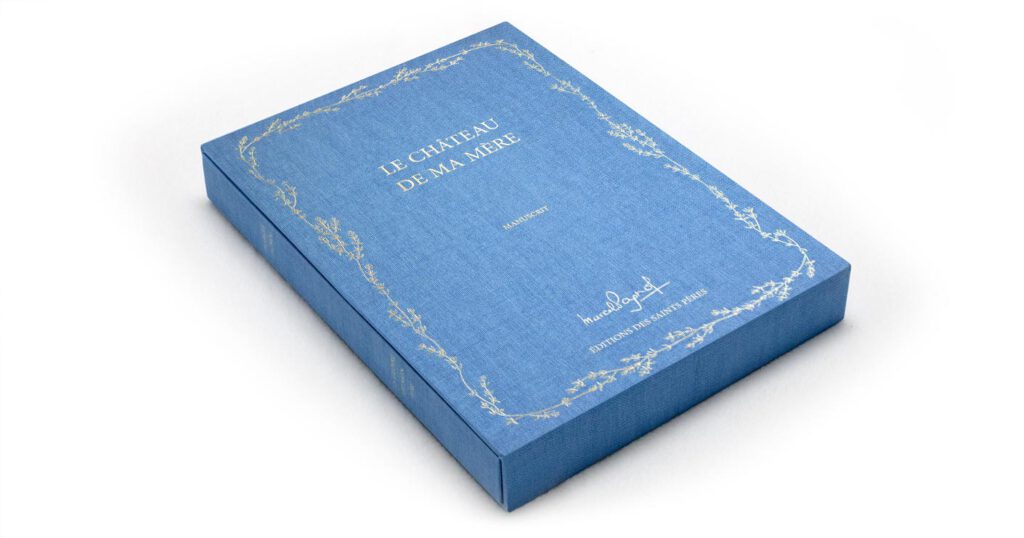
First drafts, more advanced manuscripts, hand-corrected typed pages… First, I had to dive into the thousands of disordered and heterogeneous sheets of paper contained in Pagnol’s archives in order to unearth and identify the fragments composing Le Château de ma mère. A scavenger hunt made all the more meticulous by the fact that some slips of paper had slipped into note files bearing the titles of other works.
After identifying fragments, a patient assembly game enabled to reconstitute the complete framework of the manuscript, even though Pagnol’s writing process often blurred the tracks: contrary to the myth, he did not write as he wrote. And instead of crossing out his texts, he rewrote them, tirelessly, constantly rearranging the order of sentences and paragraphs. There are sometimes three or four versions of the same passage. The discontinuous numbering of the sheets – some have up to three different numbers, some are not even numbered – seems to testify to a long work of narrative composition, without it being possible to penetrate all the mysteries.
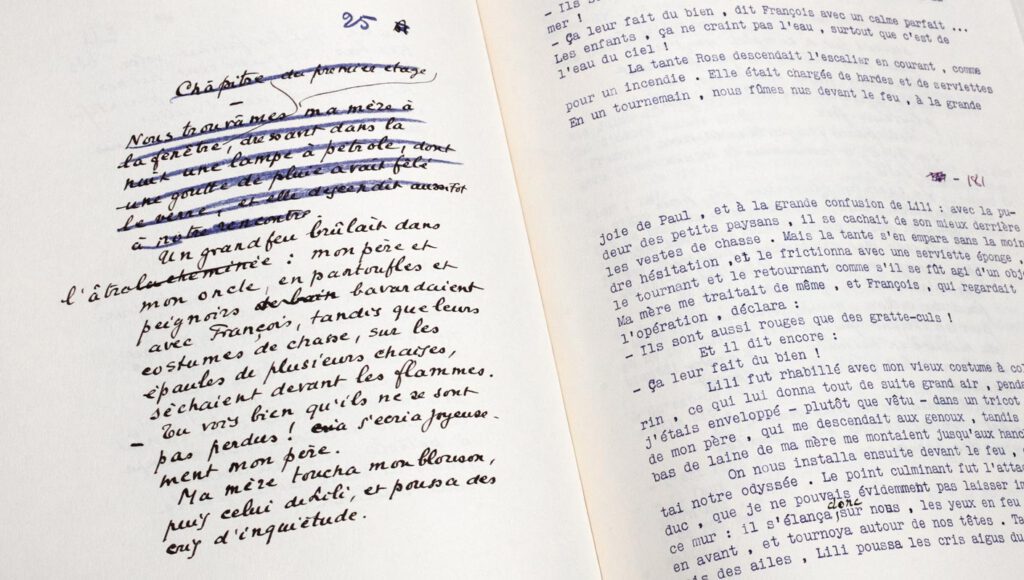
Through the various fragments that make up the manuscript, the genesis of My Mother’s Castle unfolds before the reader’s eyes. The manuscript is full of variations and modifications, nuggets that have sometimes never been published. This is the case, for example, of the “aurora” that “bursts forth like a ripe pomegranate” at the very beginning of the book and that the writer finally crossed out. It is also this “Vent des Dames”, transformed into “Vent des Demoiselles” in the final text. It is still, in the farewell letter that Marcel addresses to his parents the day before he runs away, this sentence tinged with impertinence and which was never brought to the knowledge of the general public: “Especially, do not speak about it to the gendarmes: that would finish by Tragique Mortel. Finally, there are rare comments scribbled in the margins, such as this inscription in capital letters on one of the last pages, the one in which he recounts his mother’s funeral: “PRECIOUS.”
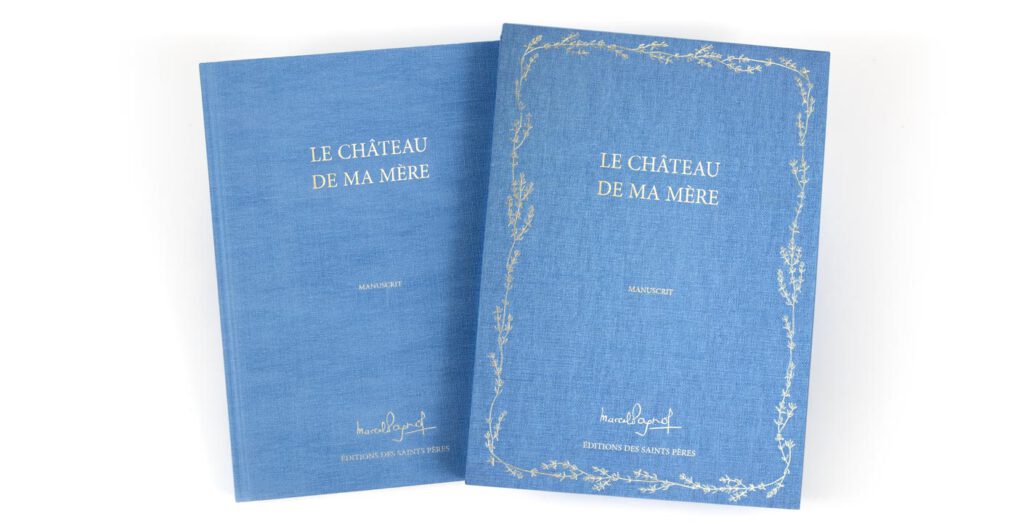
Marcel Pagnol’s calligraphy seems as pure and clear as the many rivers running through Le Château de ma mère. The most important of them all, the real thread of the story, is undoubtedly the canal that crosses four castles up to La Treille and that Marcel and his family can walk along thanks to a key offered by Bouzigue, a canal spiker. This one offers them a formidable shortcut to the vacation house that they join every Saturday. But one day, a guard surprises them in front of one of the castles, terrifying Augustine, Marcel’s mother.
“My mother’s castle”, the writer concludes, is his mother’s “castle of fear”. But what Augustine did not know, then, was that her son would, thirty years later, and without knowing it, buy back the castle that had caused her so much fear. This is the story he tells at the end of the book: having become a great filmmaker, he decides to set up a “Cinema City” in Provence worthy of Hollywood and buys an estate in 1941 through an acquaintance, without visiting it. And when he went through the gates of this property for the first time, he recognized the “awful castle”: his mother’s! Thus, the castle in the book would be the current Château de la Buzine, even if it does not have “at least ten floors” as he wrote in the famous book. For some people, Pagnol would even have made a mistake with the building: the trajectory of the Marseille canal does not quite match the one of the canal in the book. Did the writer’s memory play tricks on him? Nevertheless, the chemin de la Treille remains a major place of pilgrimage for Pagnol lovers.
Although the filmmaker’s dream of building a “City of Cinema” never came to fruition due to the German occupation, the castle was saved and restored at the initiative of the city of Marseille in the early 2000s. Today, as a tribute to the most revered writer and filmmaker of Provence, it hosts the Maison des cinématographies de la Méditerranée.
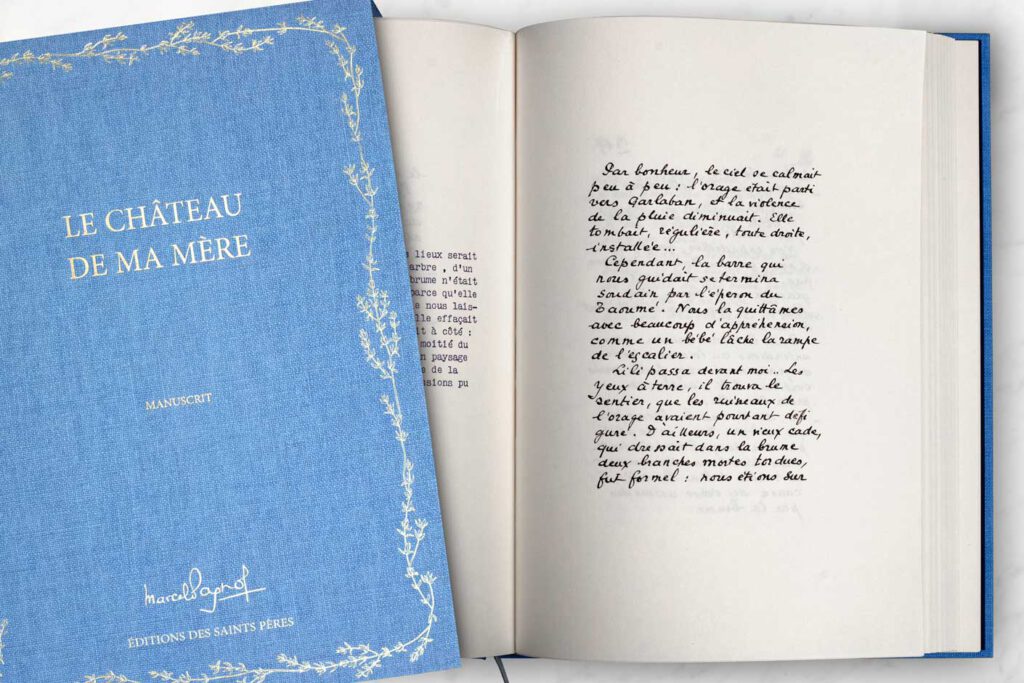
With Le Château de ma mère (My Mother’s Castle), Marcel Pagnol pays tribute to Augustine, his “dear mother”, the “only one who did not blaspheme [his] dear hills”. It is also an ode to friendship, the one with Lili des Bellons, the “little peasant” he met during the hunting morning that opens the book: “Lili knew everything; the weather, the hidden springs, the ravines where mushrooms, wild lettuces, almond pines, sloes, arbutus trees can be found…”. It is he who teaches Marcel to set bird traps and who passes on to him the secret of the springs: “Because a spring, that is not said!”, he teaches him before telling that his own grandfather died before revealing the location of a spring kept secret all his life… And to Marcel to retort: “But we, (…) we do not dirty the springs.” An ode to the unspoiled beauty of this nature that inspired Pagnol so much?
Also available in the same collection: La Gloire de mon Père

19 May 2025
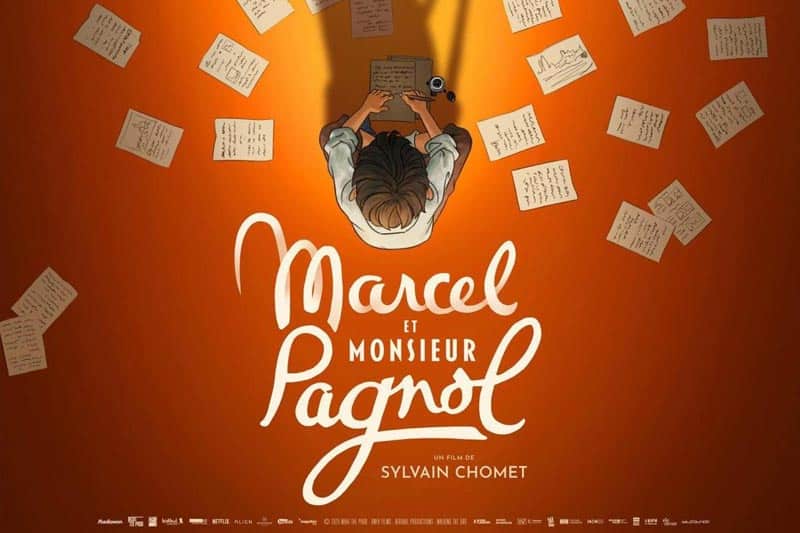
22 April 2025